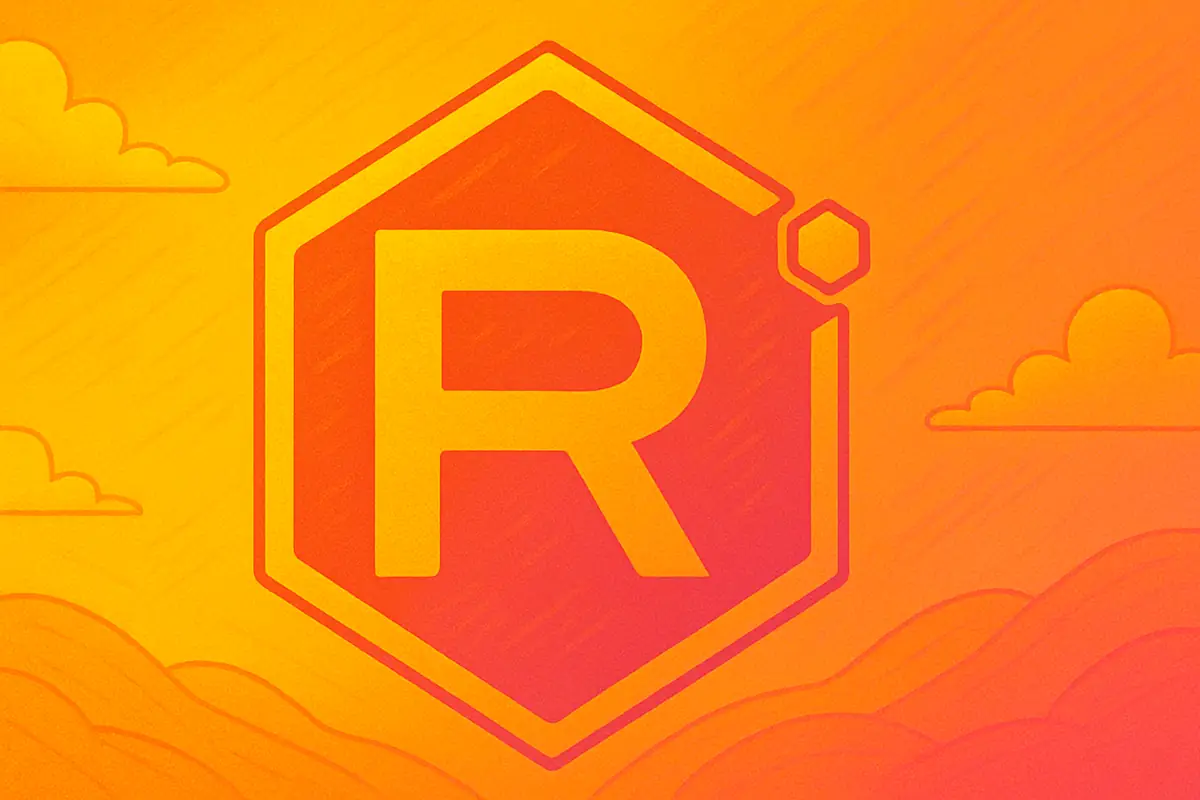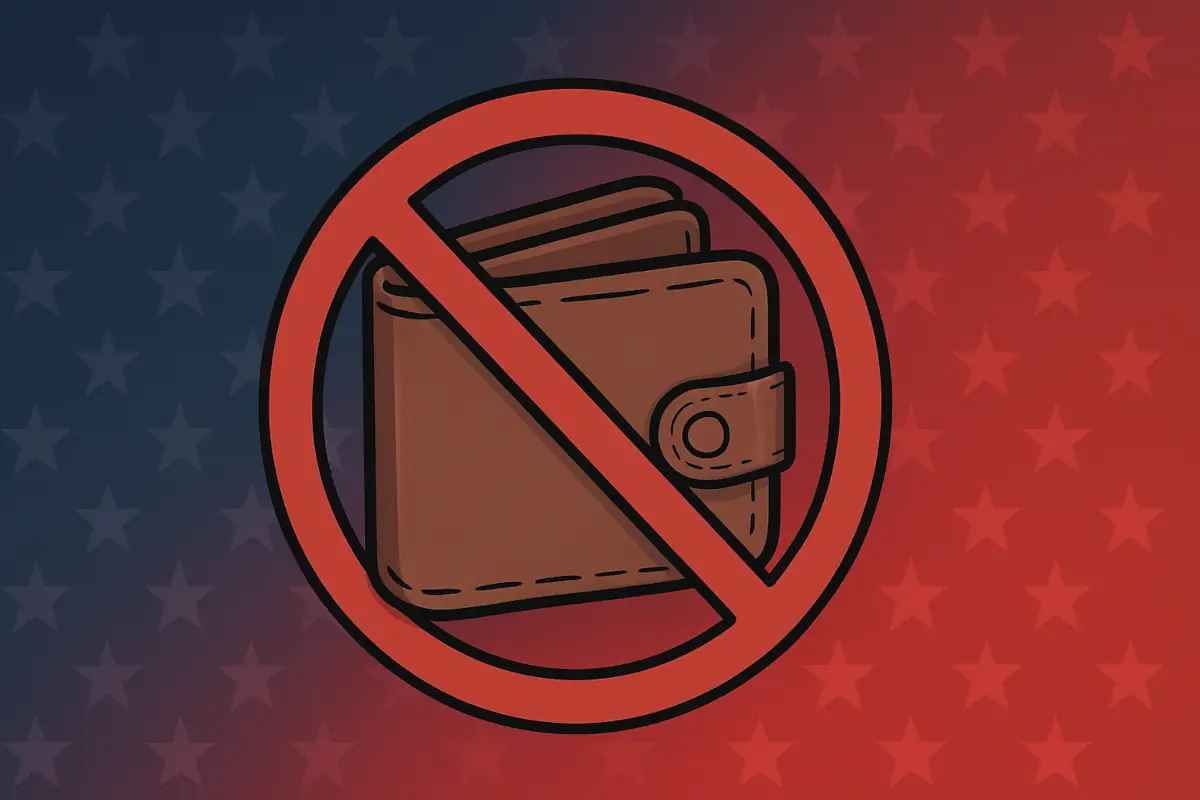Raydium’s LaunchLab went live a few days ago, marking one of the biggest updates to the platform this year. LaunchLab offers a new way for anyone to launch a token on Solana without writing code. The question now is whether LaunchLab can maintain its early momentum – and how it stacks up against Pump.fun, the current leader in the space.
Table of Contents
What Makes LaunchLab Different
LaunchLab introduces two main ways to create a token. The first, called “JustSendIt”, offers a fast, simplified launch experience with fixed parameters, designed for users who want to move quickly. The second is a fully customizable mode, where creators can fine-tune supply, bonding curve settings, liquidity migration, and vesting schedules.
Once a token fills its bonding curve – usually capped at 85 SOL by default – liquidity migrates automatically into a Raydium pool. LaunchLab also gives token creators the option to enable fee-sharing via a “Fee Key” NFT, allowing them to earn 10% of all LP fees after migration.
Compared to Pump.fun, which offers a very streamlined and fixed setup, LaunchLab’s flexibility stands out. While this could attract more serious token creators, it also makes the process slightly more complex for casual users who are just looking for a quick launch.
Early Numbers: Strong Start, Fast Decline
LaunchLab’s launch on April 16 brought a strong first-day performance. A total of 1,742 tokens were created and 32 of them graduated, meaning they successfully filled their bonding curves and moved into Raydium liquidity pools. Daily active addresses exceeded 10,000, reflecting significant interest.
However, activity slowed sharply after the first day. On April 17, the number of new tokens dropped to 943, and only 23 graduated. Since then, daily token creation has generally ranged between 250 and 400, and daily graduations rarely exceed 10. April 19 saw only three tokens graduate. Daily active addresses also fell, dropping below 6,000 on April 17 and stabilizing between 2,000 and 3,000 afterward.
Comparison to Pump.fun
When compared to Pump.fun, the differences in scale are clear. Pump.fun continues to dominate the Solana token launch market, averaging more than 25,000 new tokens launched every day. Daily graduations often exceed 200, and active wallets regularly surpass 100,000. While Pump.fun’s numbers are lower than their January peak, they are still far beyond what LaunchLab has achieved so far.
One metric where LaunchLab leads is the graduation rate. While Pump.fun has a graduation rate below 0.9%, LaunchLab currently exceeds 2%. This suggests that a higher proportion of tokens launched on LaunchLab succeed in reaching liquidity migration, even if the total numbers are smaller.
New Integrations Boost Accessibility
In the week following its launch, LaunchLab received integrations with Fluxbot and Maestro 2.0. Fluxbot is a major Solana trading tool, and Maestro is widely used by project creators for token launches. These partnerships aim to make LaunchLab more accessible and visible to users who are already active in the Solana ecosystem.
Despite these integrations, the platform has not yet managed to recapture the activity levels seen on its launch day.
Where Things Stand Now
As of April 25, LaunchLab continues to operate steadily but with lower daily activity compared to its opening days. Token launches and graduations are ongoing, and the platform remains integrated with major Solana services. While LaunchLab offers more customization options than Pump.fun and has a better graduation rate, it has not yet attracted the same broad user base.
LaunchLab’s long-term success may depend on whether it can position itself as a serious alternative for creators looking for more flexibility – or whether the simplicity and scale of Pump.fun continue to dominate the market.
We explain how Raydium’s LaunchLab works, what features it includes, and why it was built in this article.




